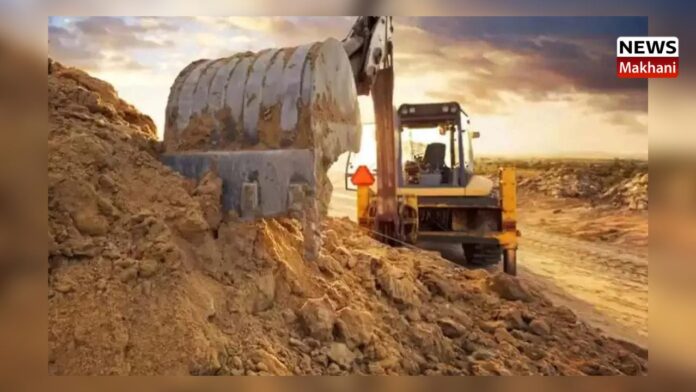Delhi, 08 AUG 2024
Sand is a minor mineral, as defined under section 3(e) of the Mines and Minerals (Development and Regulation) Act, 1957 (MMDR Act 1957). Sand mining is regulated in terms of the Mines and Minerals (Development and Regulation) Act, 1957 [MMDR Act] and the Mineral Concession Rules framed by the concerned State Governments / Union Territories (UT) Administrations under section 15 of this Act. Moreover, Section 23C of the MMDR Act, empowers the State Governments / U.T Administrations to make rules for preventing illegal mining, transportation and storage of minerals and for the purposes connected therewith and to also enforce the various provisions related to sustainable sand mining guidelines.
The environmental damages caused by illegal sand mining includes riverbed degradation, loss of aquatic habitat, increased turbidity, water table depletion, soil erosion, flooding, damage to infrastructure, loss of fertile land, negative impact on local ecosystems decreased water quality and hazardous impact on ecological equilibrium of riverine regime.
The legal sand mining has to comply with the prescribed extraction limits. The Legal Sand mining is granted Environmental Clearance by the State Environment Impact Assessment Authority (SEIAA), as per the prescribed provisions of Environment Impact Assessment (EIA) Notification S.O. 1533(E) dated-14.09.2006 and its subsequent amendments on the basis of approved mining plan. Ministry has also issued the Sustainable Sand Mining Guidelines, 2016 and Enforcement and Monitoring Guidelines for Sand Mining 2020 to put in place an appropriate regulatory regime for sustainable sand mining and adoption of environmentally friendly management practices. The Environmental Clearance is granted together with prescribed general and specific conditions, including the volume of sand to be extracted and the depth up-to which sand mining can be done. The extraction limit is recommended by the State Level Expert Appraisal Committee (SEAC) and approved by the SEIAA after scrutinizing the sand mining proposal on case-to-case basis, based on the nature of water flow, volume of flow, width of the river, replenishing capacity, degree of aggradation and degradation, existence of public infrastructure, etc. in compliance of the ‘Sustainable Sand Mining Guidelines, 2016′ and Enforcement & Monitoring Guidelines for Sand Mining (EMGSM), 2020’ issued by the Ministry. Ministry, further, vide S.O. 3611(E) dated the 25th July 2018, has laid down the procedure for making District Survey Report for sand mining. As per the guidelines issued by Ministry, the District Survey Report shall form the basis for application for environmental clearance, preparation of reports and appraisal of projects. The Report shall be updated once every five years. Ministry has laid down the above procedures after much deliberation and indepth analysis and following the laid down procedure would encourage scientific, systematic and environmental friendly mining with respect to mining of minor minerals.
The provision for aerial survey and use of remote sensing and GIS applications etc., are stipulated in “Sustainable Sand Mining Management Guidelines 2016” and “Enforcement and Monitoring Guidelines for Sand Mining” 2020. Further, Ministry of Mines, through Indian Bureau of Mines, has developed the Mining Surveillance System (MSS), in coordination with Bhaskaracharya Institute for Space Applications and Geo-informatics (BISAG), Gandhinagar and Ministry of Electronics and Information Technology (MEITY), to use space technology for curbing illegal mining activity in the country.
This information was given by the Minister of State for Environment, Forest and Climate Change, Shri Kirti Vardhan Singh in a written reply in the Rajya Sabha today.

 हिंदी
हिंदी






